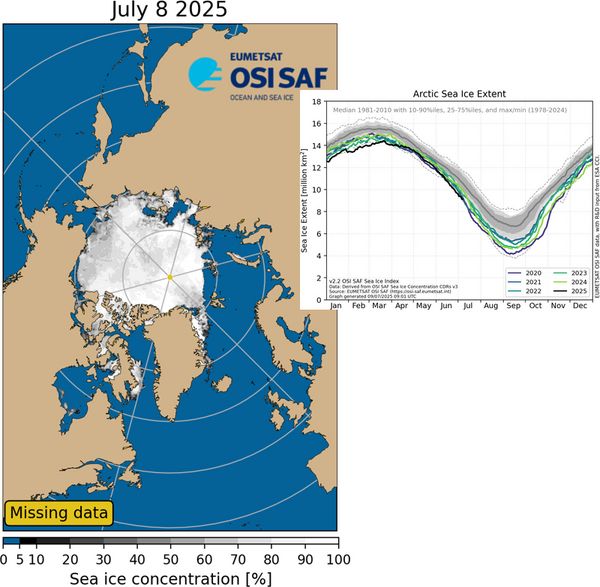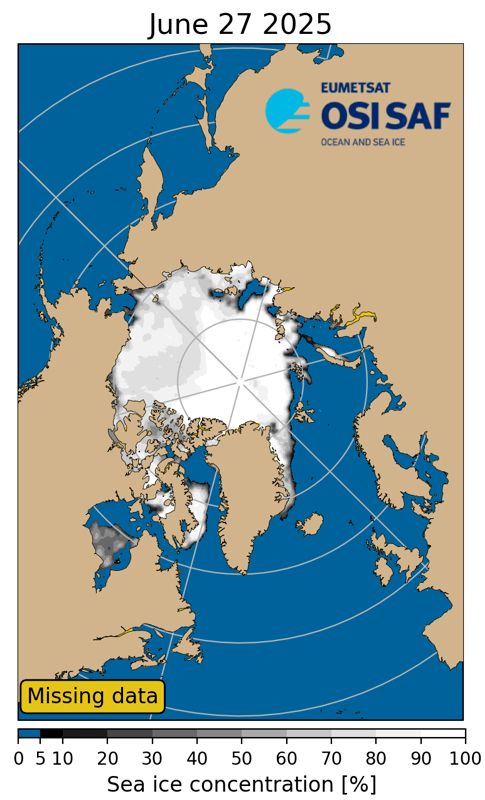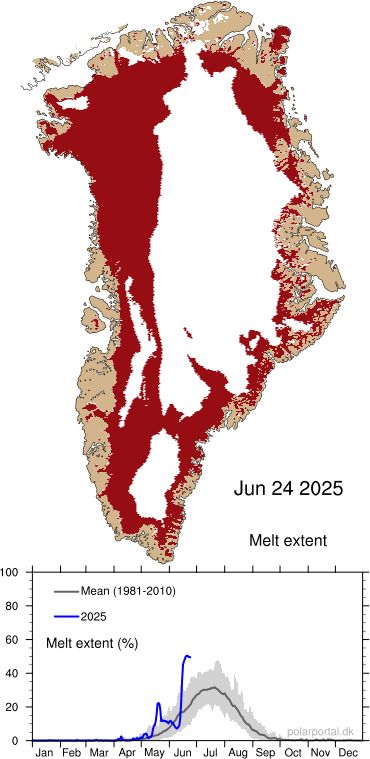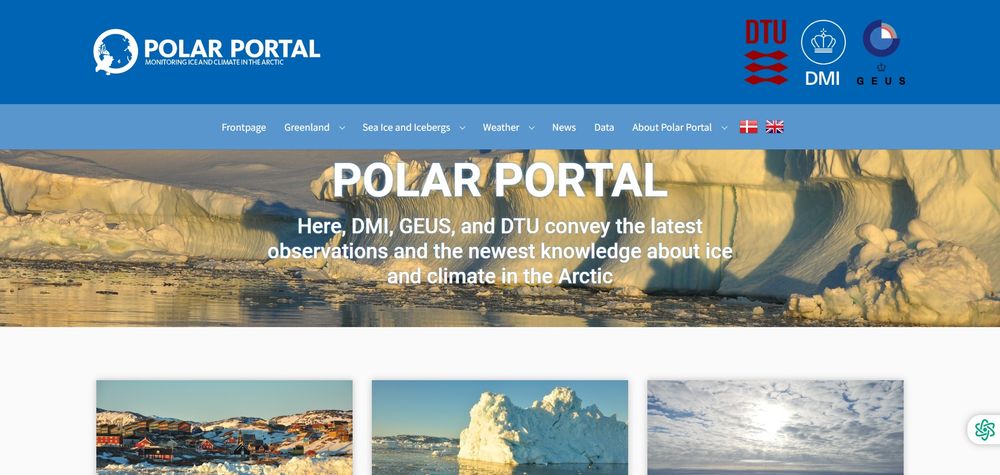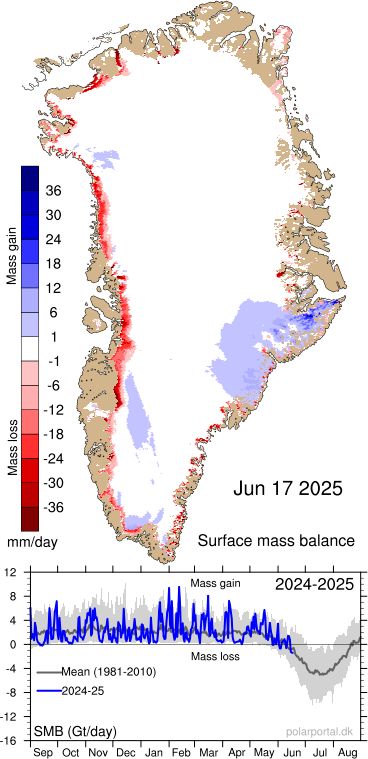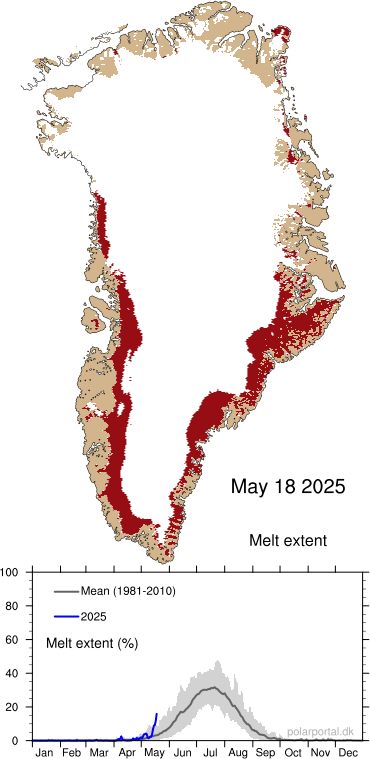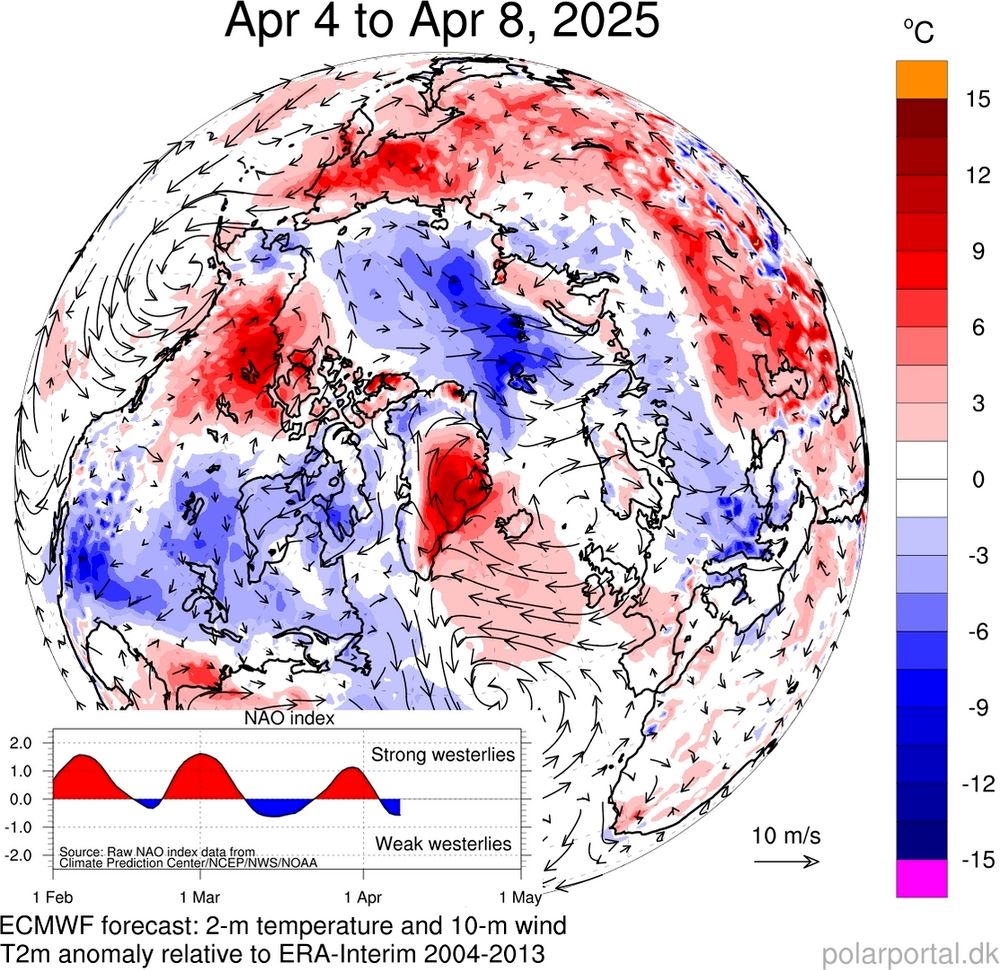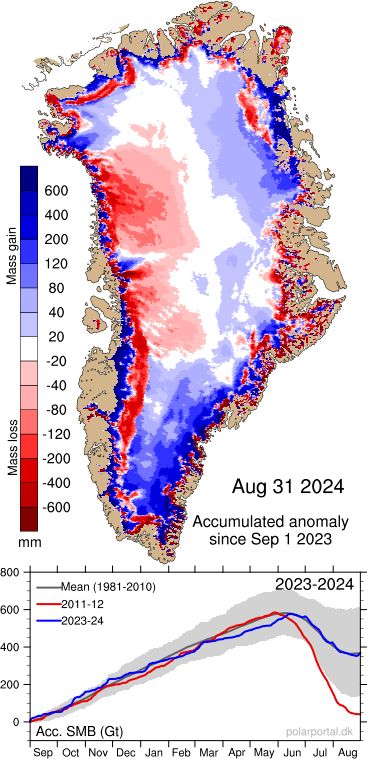Polar Portal
@polarportal.bsky.social
340 followers
1 following
10 posts
The Danish Arctic research institutions present updated knowledge on the condition of two major components of the Arctic: The Greenland Ice Sheet and the sea ice.
Find us on https://polarportal.dk/en.
Posts
Media
Videos
Starter Packs
Pinned

